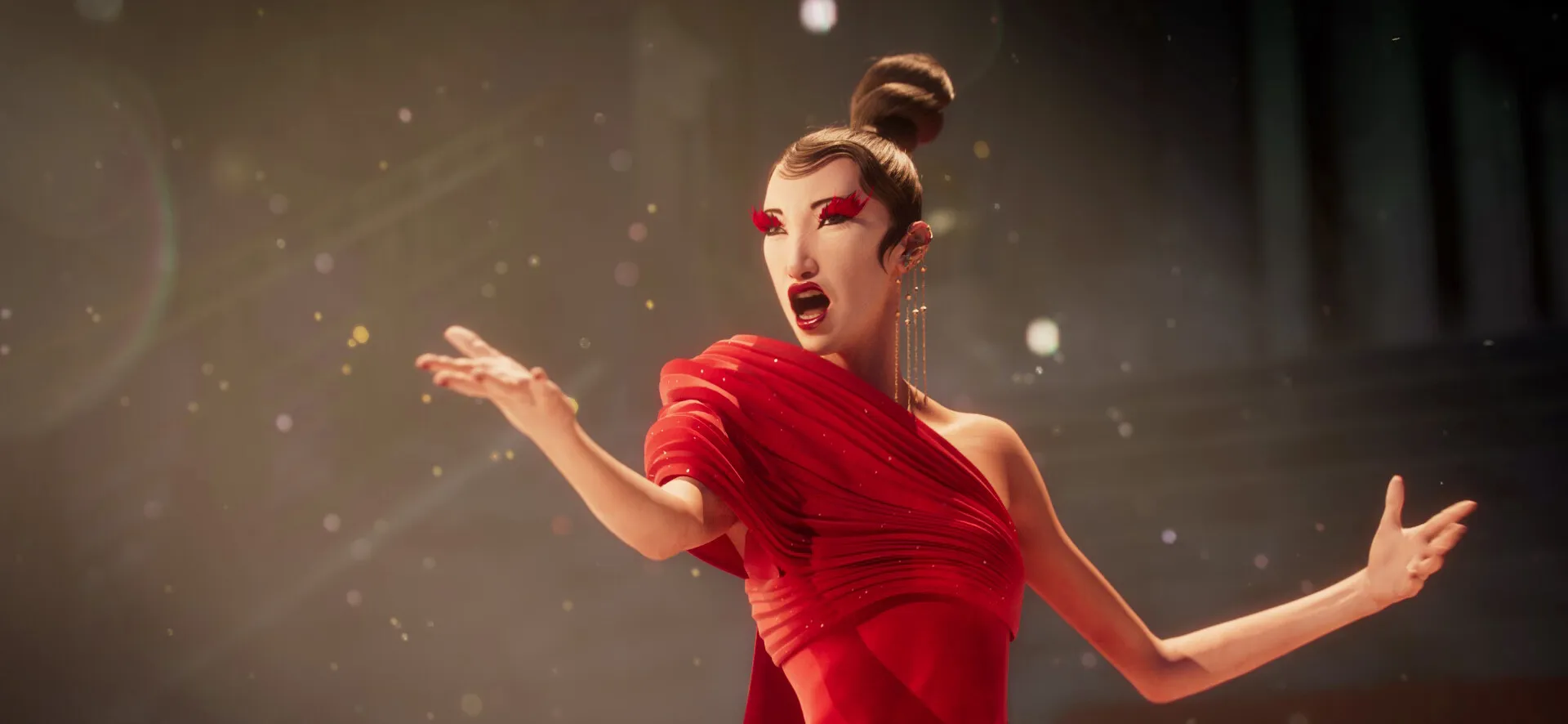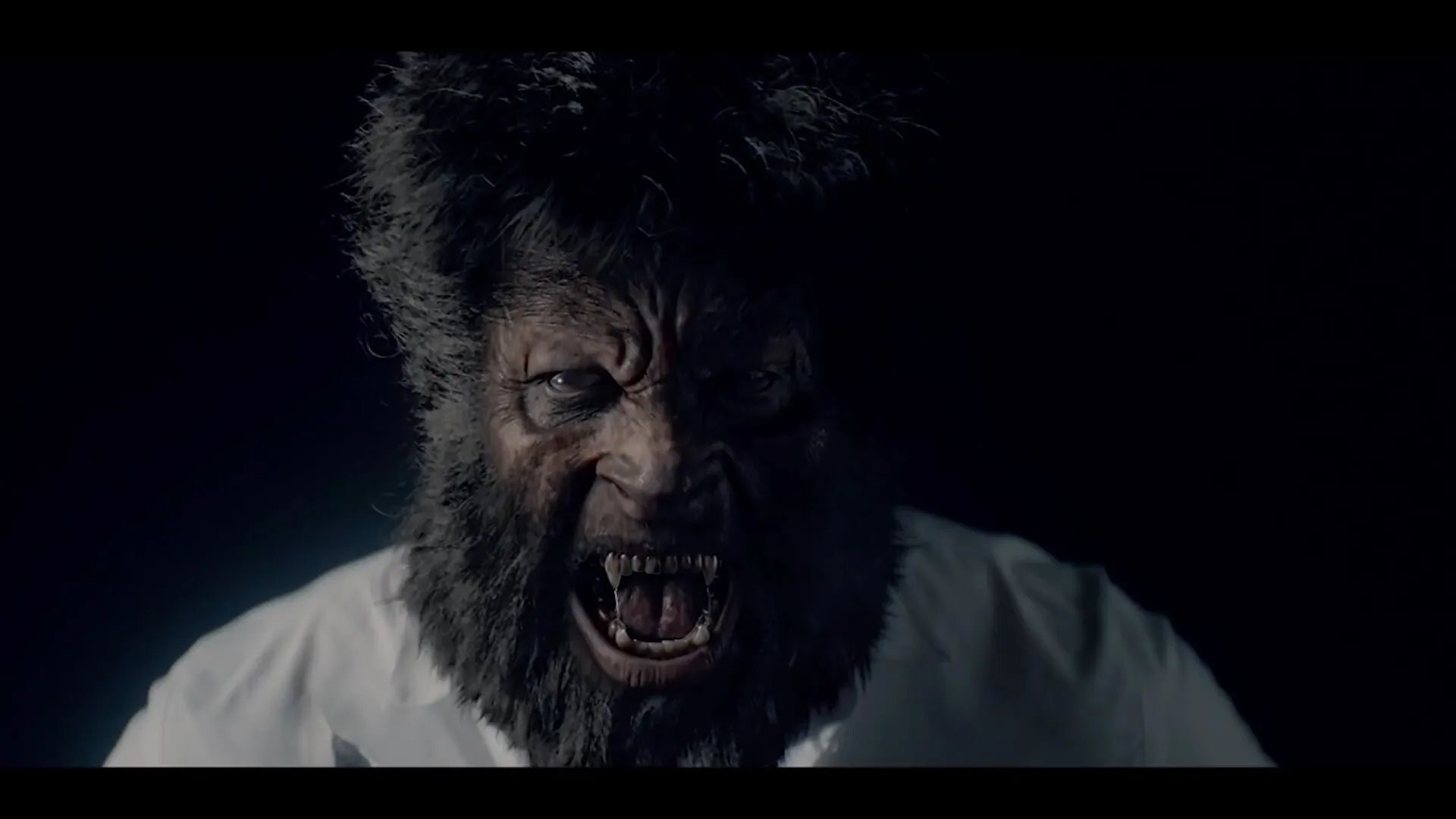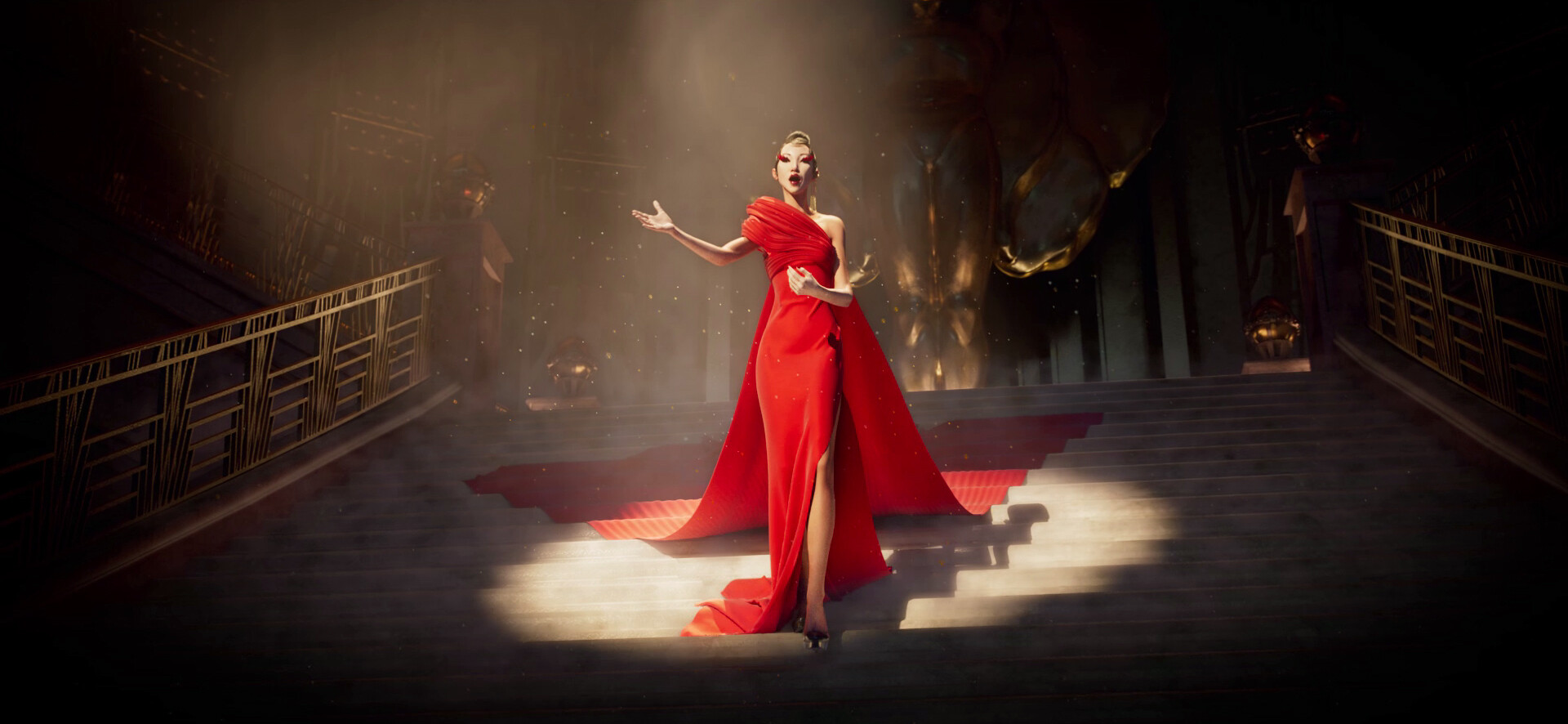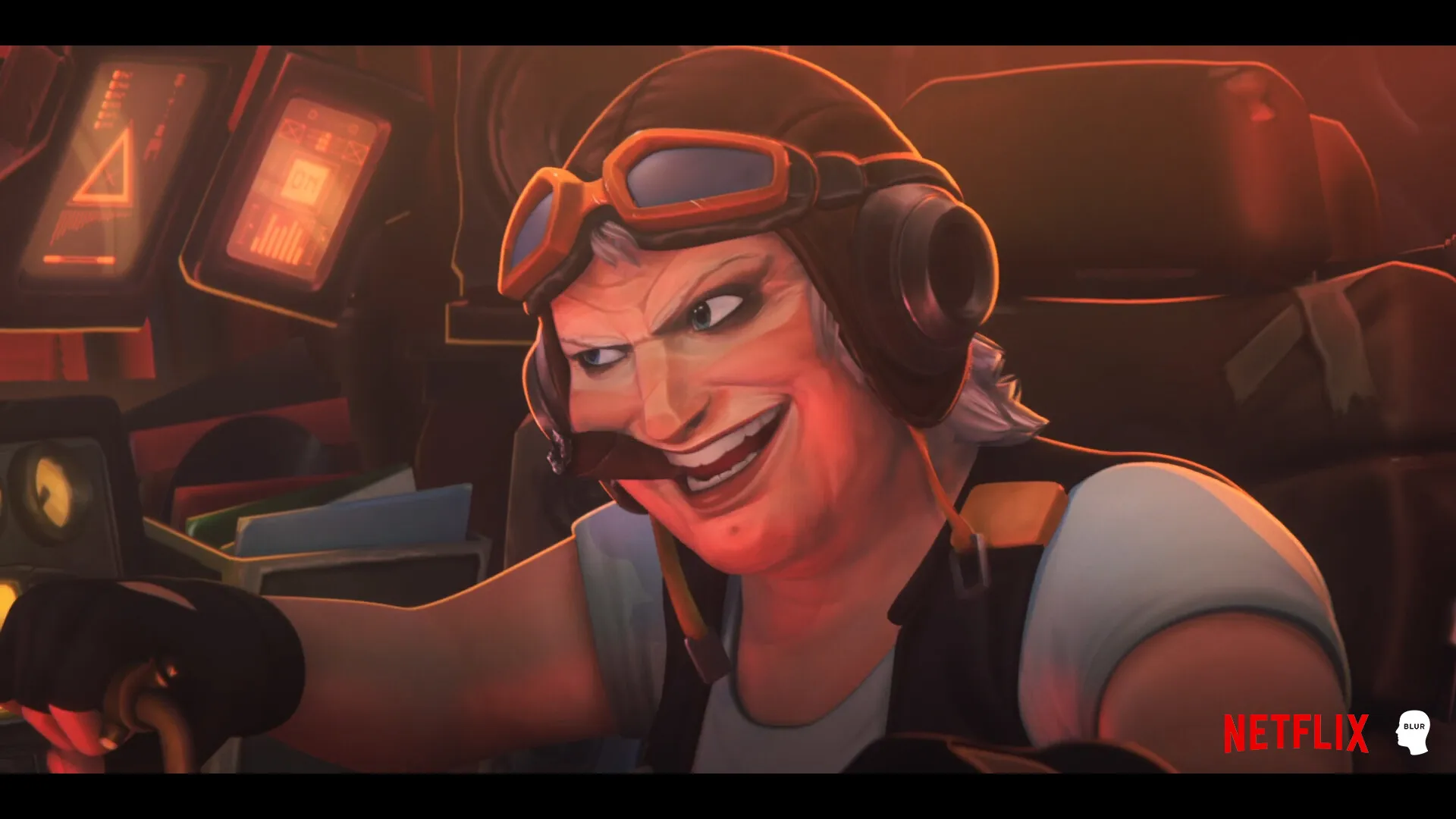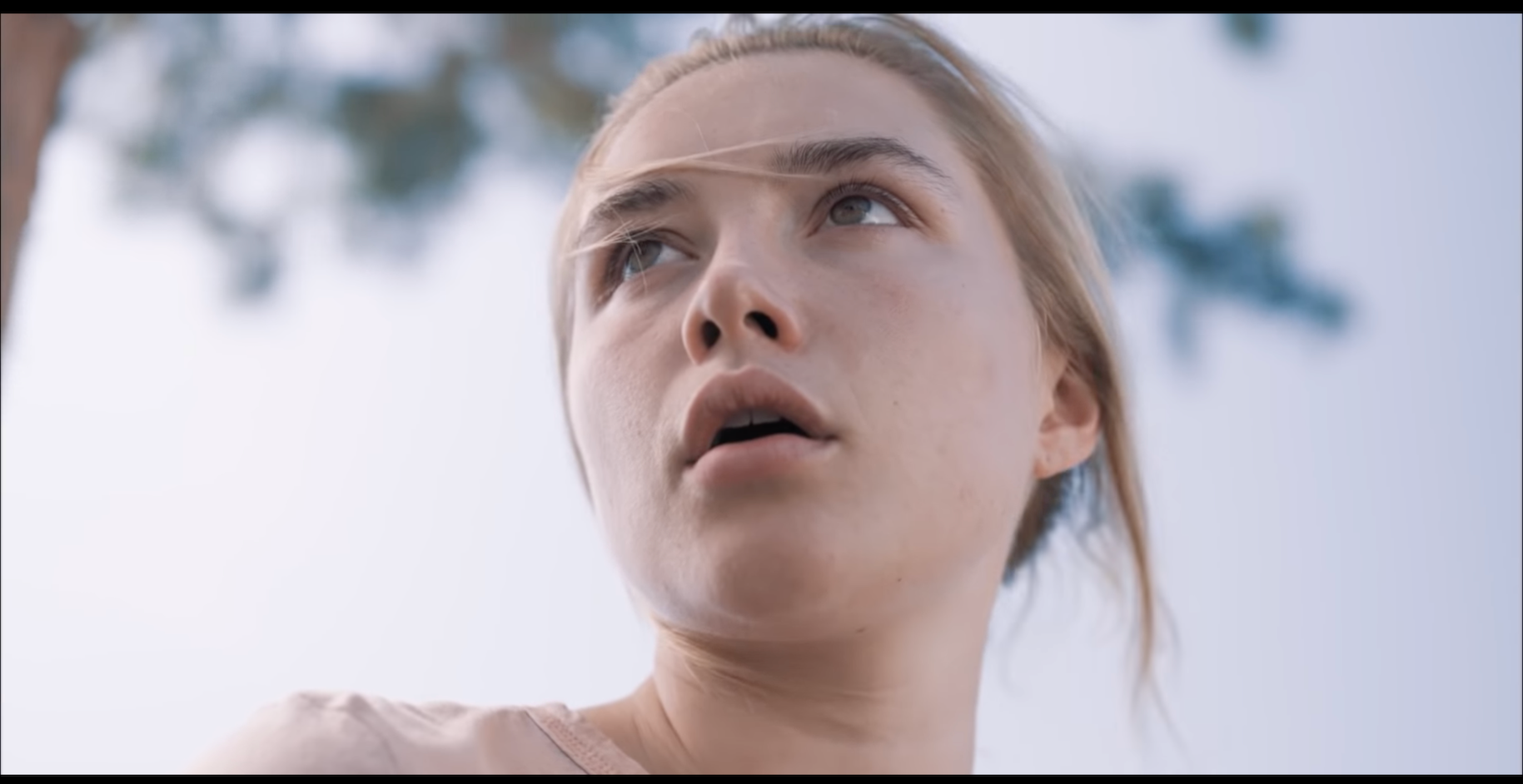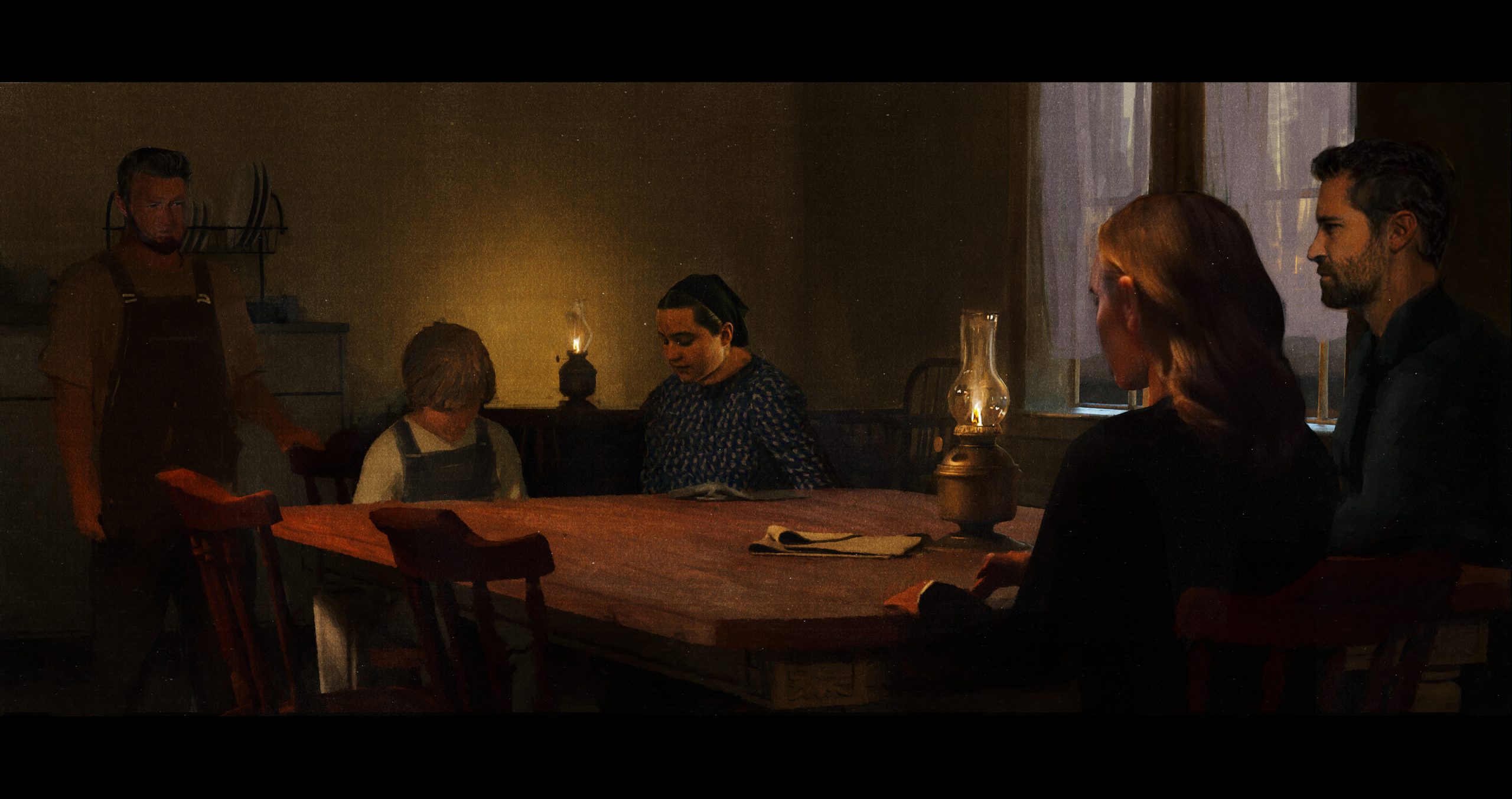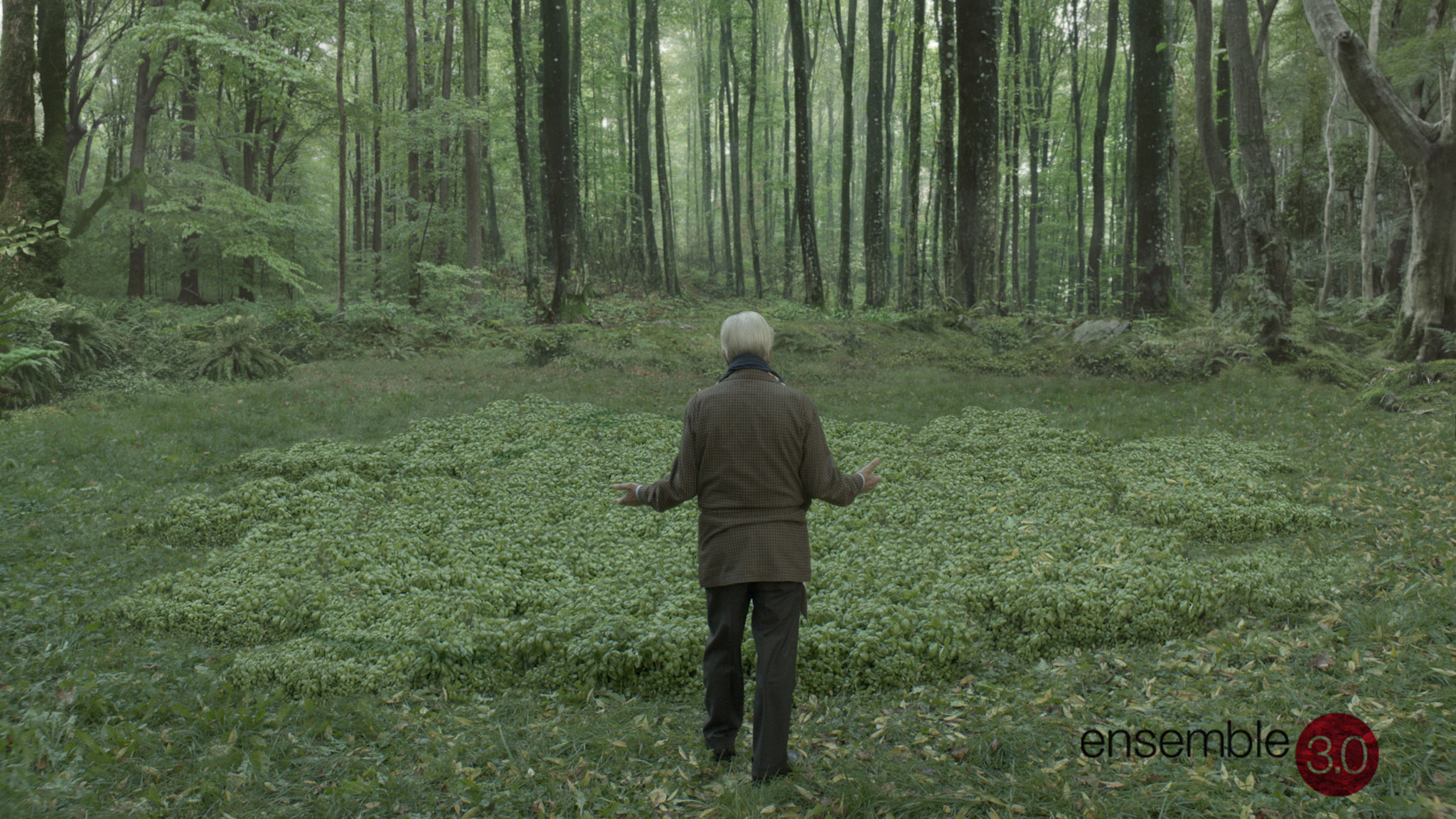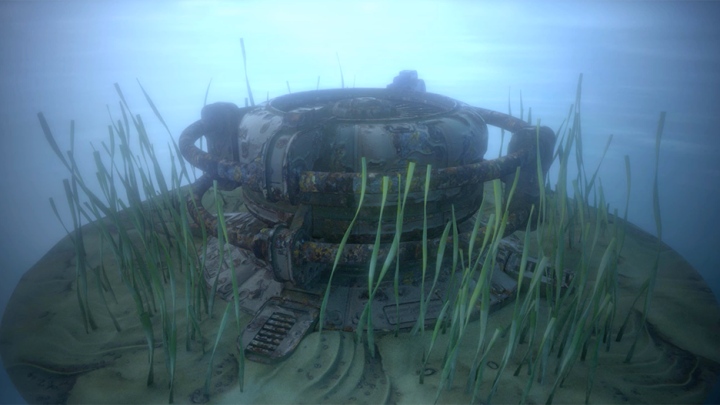8 Beginner-Friendly Film Lighting Concepts
Love, Death & Robots Season 2 (2021) – “Pop Squad” – Keith Beltramini for Blur Studio
One piece of advice that we’ve seen repeated from game and VFX artists is that creative fundamentals are critical. In celebration of Film and TV Week on ArtStation, we’ve collected a list of 8 beginner-friendly and transferrable film lighting concepts to help kick-start your lighting journey.
Three-Point Lighting (Key, Fill, Backlight)
 Three-point lighting is one conventional way to illuminate a film scene and involves different light sources placed around a subject. The key light is the main light source in the three-point setup. It is placed in front of the subject at an angle to accentuate their form. The fill light is placed at a complimentary angle on the other side of the subject so as to “fill” in the shadows created by the key light. The backlight is put behind the subject and helps them stand out from the shot background.
Three-point lighting is one conventional way to illuminate a film scene and involves different light sources placed around a subject. The key light is the main light source in the three-point setup. It is placed in front of the subject at an angle to accentuate their form. The fill light is placed at a complimentary angle on the other side of the subject so as to “fill” in the shadows created by the key light. The backlight is put behind the subject and helps them stand out from the shot background.
As you become more comfortable with the basic three-point lighting concept, you will be able to experiment with the nuances of your lighting setups. By tweaking light positions, angles, intensities, and colors, you can create looks tailored to your particular needs.
Practical Lighting
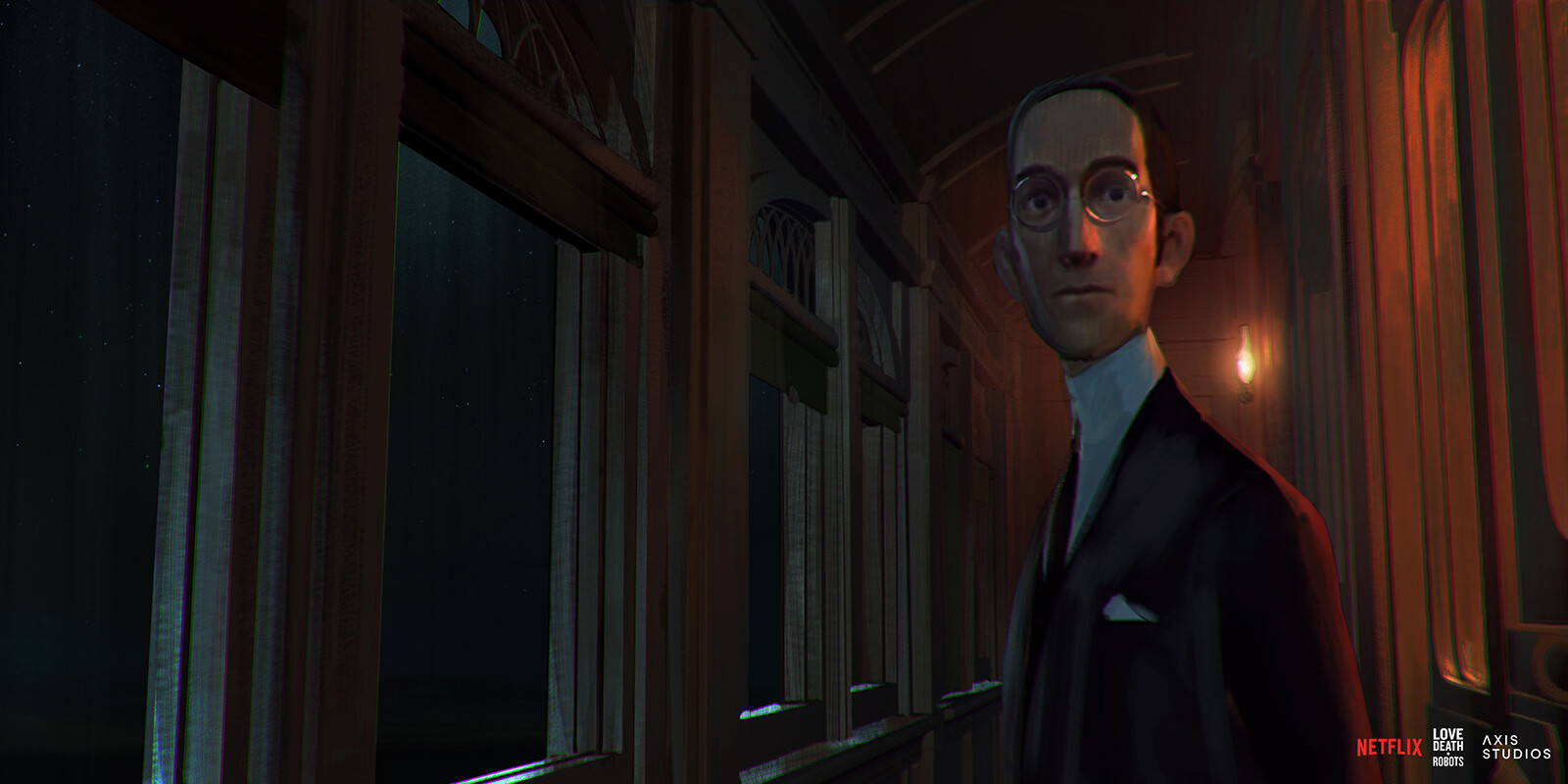
Love, Death & Robots Season 2 (2021) – “The Tall Grass” – work by Bram Sels for Axis Studios
Practical lights are functional light sources that are found throughout a scene: streetlights, TVs, candles, etc. This kind of light source can be quite dramatic, as they often aren’t bright enough to light up everything and leave plenty of shadows.
Side Lighting
Al Deeb (2021) – work by Hasan Tawfiq for The Crew
Is your character conflicted? You can give your characters a mysterious look with side lighting, where one side of the face is left darker than the other. In this example, the werewolf only has one “catch light” (reflective spot on the eye), making the other side of his face seem unnatural and frightening.
Hard Lighting
Love, Death & Robots Season 2 (2021) – “Pop Squad” – work by Keith Beltramini for Blur Studio
With hard lighting, the transition from light to shadow is very sudden. This is a useful technique for drawing attention to something.
Soft Lighting
Love, Death & Robots Season 1 (2019) – “Suits” – work by Tamas Sarffi for Blur Studio
Soft light has a slower or fuzzier-looking transition from light to shadow, without the harsh shapes cast by hard lighting.
High-Key Lighting
Midsommar (2019) – work by Daniel Magyar VFX
High-key lighting uses bright lights to remove shadows, giving what’s called a low “contrast ratio”. You’ve probably seen this bright, usually cheery aesthetic on TV or commercials.
Low-Key Lighting
Untitled Project (2021) – work by Samson Castelino
Low-key lighting has a high contrast ratio, meaning that there’s a big difference between light and dark areas. This kind of lighting tends to be more dramatic and suspenseful.
Natural Lighting
“The Good Italian II” (2016) – work by Rahul Venugopal for Ensemble 3.0 srl
Natural lighting uses what’s available at the scene for illumination. There are tricks one can do to modify the appearance of both natural and artificial lights. For example, a reflective material can be used to bounce light back at a subject. A light-interrupting material called a “Cucoloris/cookie” held in front of a light source can be used to cast deliberate shadows.
You’ll soon find that the sky’s the limit when it comes to lighting!
References & Further Reading
Cinematography as/and Art with Robh Ruppel
